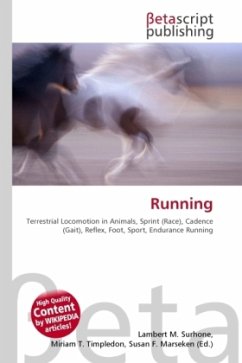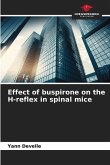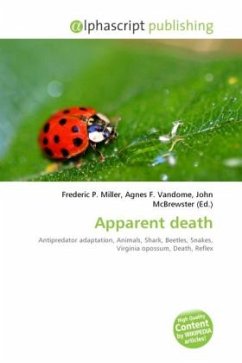High Quality Content by WIKIPEDIA articles! A yawn (from the Middle English yanen, an alteration of yonen or yenen, which in turn comes from the Old English geonian), is a reflex of simultaneous inhalation of air and stretching of the eardrums, followed by exhalation of breath. Pandiculation is the act of stretching and yawning simultaneously. Yawning is associated with tiredness, stress, overwork, lack of stimulation, and boredom. Yawning can also be a powerful non-verbal message with several possible meanings, depending on the circumstances. In humans, yawning has an infectious quality (i.e., seeing a person yawning, talking to someone on the phone who is yawning, or just thinking of yawning can trigger yawning) which is a typical example of positive feedback. Infectious yawning has also been noted in chimpanzees. There are a number of theories that attempt to explain why animals yawn. It is likely that there are a number of triggers not just one for the behavior. However, there are a few select theories that attempt to explain the primary evolutionary reason for the yawn.
Bitte wählen Sie Ihr Anliegen aus.
Rechnungen
Retourenschein anfordern
Bestellstatus
Storno








